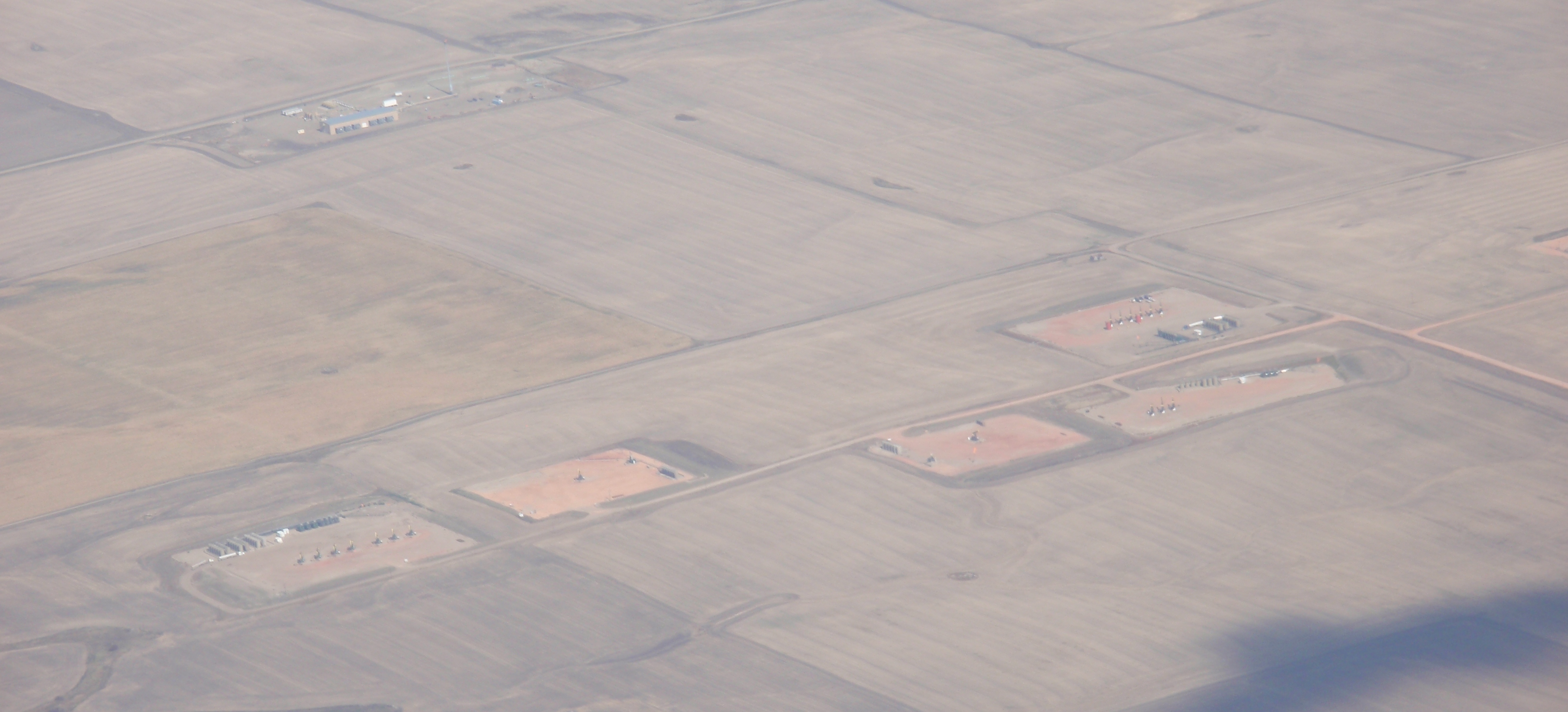
I don’t publish more than one post a day anymore, but with the following headline showing up today, gotta’ run another:
5/25/17 – Wall Street Journal – OPEC Extends Oil Output Cuts but Glut Fears Persist – OPEC plus Russia plus 10 other producers agreed to extend their production cuts until March 2018.
Article says this has strengthened the relationship between Saudi Arabia and Russia, the worlds’ two largest oil producers.
The combined cuts for all the participants is around 1.8B bopd down from a year ago.
Article points out the obvious: OPEC+Russia had no choice but continue the cuts. If they didn’t, the extra oil would further drive down oil prices. Their production cut hasn’t actually succeeded in pulling prices up where they wanted, but the alternative would have been even lower prices.
Further explanation that OPEC+Russia had no other choice…
5/25/17 – Wall Street Journal – How American Shale Drillers Flipped OPEC’s Script – Article says that OPEC made a bet last November that U.S. shale oil drillers were too weak to take advantage of the production cut.
They bet wrong.
Again.
Just like when they bet that opening the production spigots would kill the shale oil industry.
EIA forecasts US oil production to hit 9.9M bopd in 2018.
The wizards of Wall Street came up with the money for the shale oil wizards to ramp up drilling when prices increased a bit. A variety of hedges, collars, and swaps will allow many drillers to move forward profitably even if oil prices drop.
One named company has hedged 70% of their production for 2017, with net price of $56/barrel. That provides cash flow to drill another 70 wells this year, each with a 2 mile lateral. The company says they can break even at $40.
The entertaining concept, described again in the article, is to compare break even of US drillers and OPEC governments.
U.S. drillers need $50, or $40 (for the company cited above), or even into the $30s to break even.
OPEC governments need $95 (according to the article) or $100 or above (according to what I’ve read previously) for their national budgets to breakeven.
Regardless of whether oil is $35, $50, or even $65, who is going to thrive, U.S. drillers or OPEC governments? Which of those two will be suffering at any of those prices?
Who would be in distress even at $75?